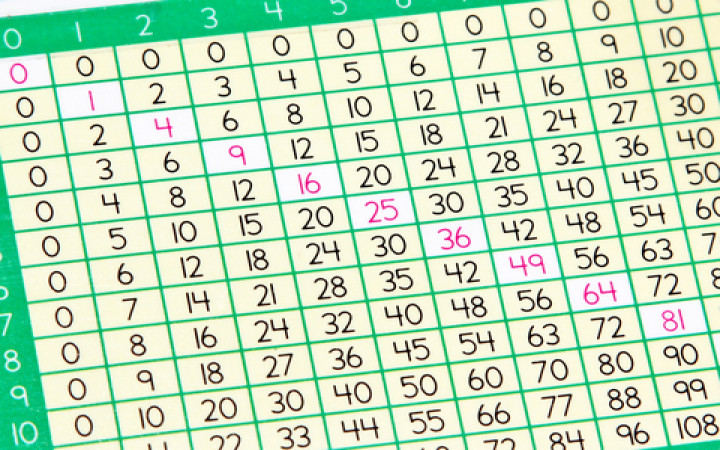Today’s Wonder of the Day was inspired by WonderFriend. WonderFriend Wonders, “What Is a Multiple?” Thanks for WONDERing with us, WonderFriend!
Are you a lover of all things math? Everyone on the Wonder team enjoys exploring how many ways we use math in everyday life. We add up our coins to make purchases. When we go grocery shopping, we compare prices by subtracting one from another. Dividing is the best! If we have a yummy dessert to share, we can figure out how everyone can get an equal piece.
What about multiplying? Do we use that kind of math on a regular day? Of course! Today may be your day to help with family meals. Scrambled eggs are your specialty. You know how to prepare two eggs for each person to eat. But today is a little different. Some friends of the family stayed the night, and you need to cook for them, too. How do you decide on the correct number of eggs to scramble? Multiplication! Two eggs per person multiplied by six people equals 12 eggs.
To break it down a little more, let’s look at words for the parts of the math problem we just completed. In the simplest terms, two, six, and 12 are integers. Integers are numbers that are not fractions or parts of numbers. Twelve is the product of the problem. When we multiply two numbers, we get a product.
So, what is a multiple? You’ve probably learned multiplication tables in your math classes. You know, those grids of numbers where you multiply a number in a row across by a number in a column down. We identify multiples when we multiply one number by another number. In our earlier egg example, 12 is a multiple of six. Twelve is also a multiple of two.
Each number has an infinite number of multiples. Also, each number is its own smallest multiple. That’s because multiplying a number by one results in the same number. For example, seven times one is seven. So, seven is a multiple of itself. It is also a multiple of one.
Besides working through a multiplication table, you can find multiples by skip counting. You count up by adding a number to itself. The number four and its multiples are four, eight, 12, 16, 20, and so on. After the number itself, every multiple is a larger number. Multiples of a number cannot be smaller numbers.
We can express multiples in a few different ways. For instance, ten is the second multiple of five. Or, ten is the fifth multiple of two. Asking a math problem as a question also helps find multiples. Is 16 a multiple of eight? Or can we multiply anything by eight to make 16?
Finding multiples and being able to multiply are very important skills! Can you think of ways that you use this math in your everyday life?
Standards: CCRA.R.1, CCRA.R.2, CCRA.R.10, CCRA.L.3, CCRA.L.4, CCRA.L.5, CCRA.L.6, CCRA.W.3, SMP.1, SMP.2, SMP.4




